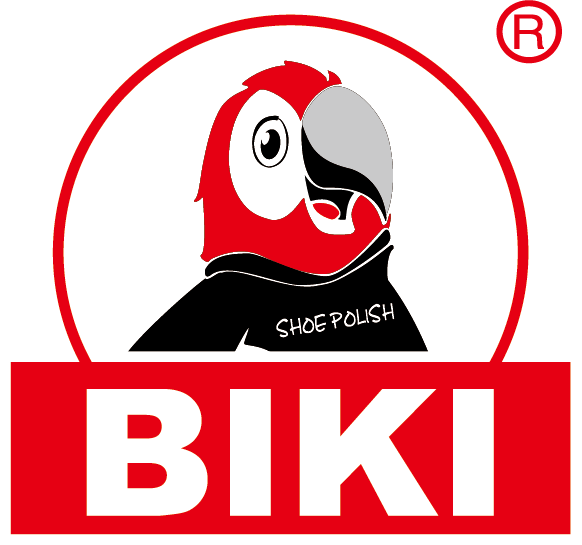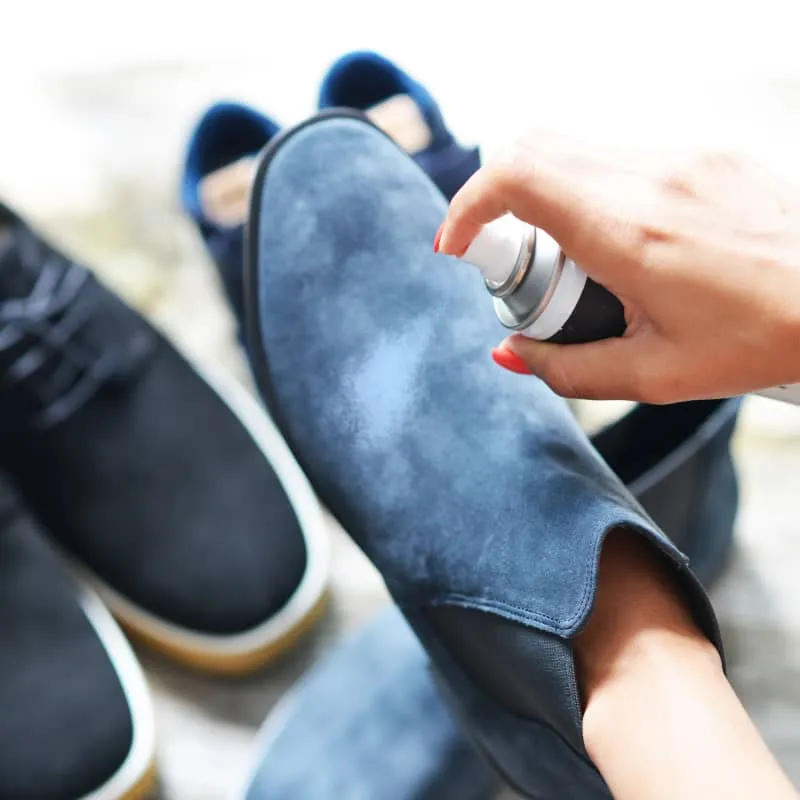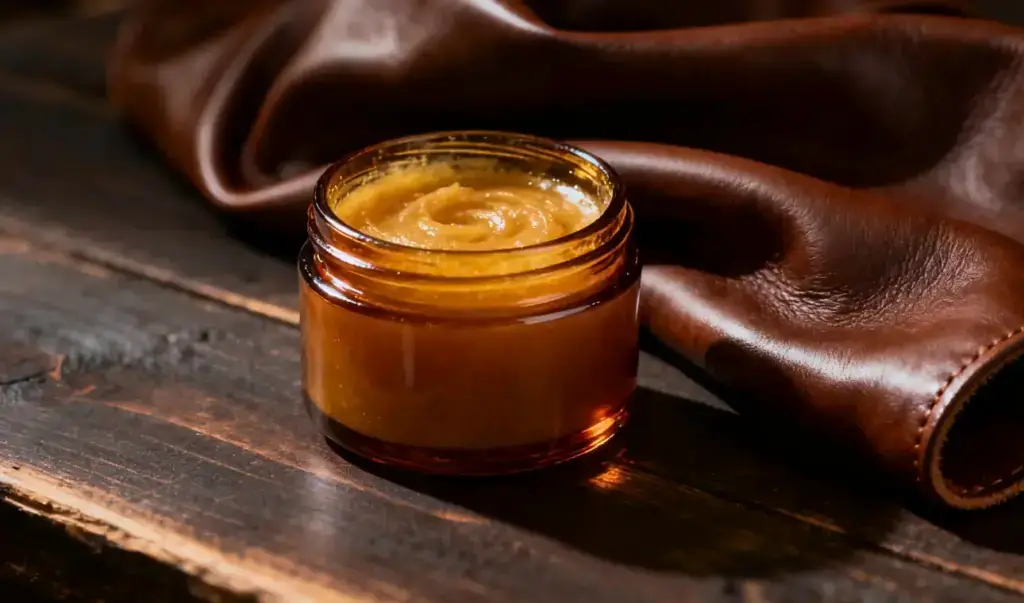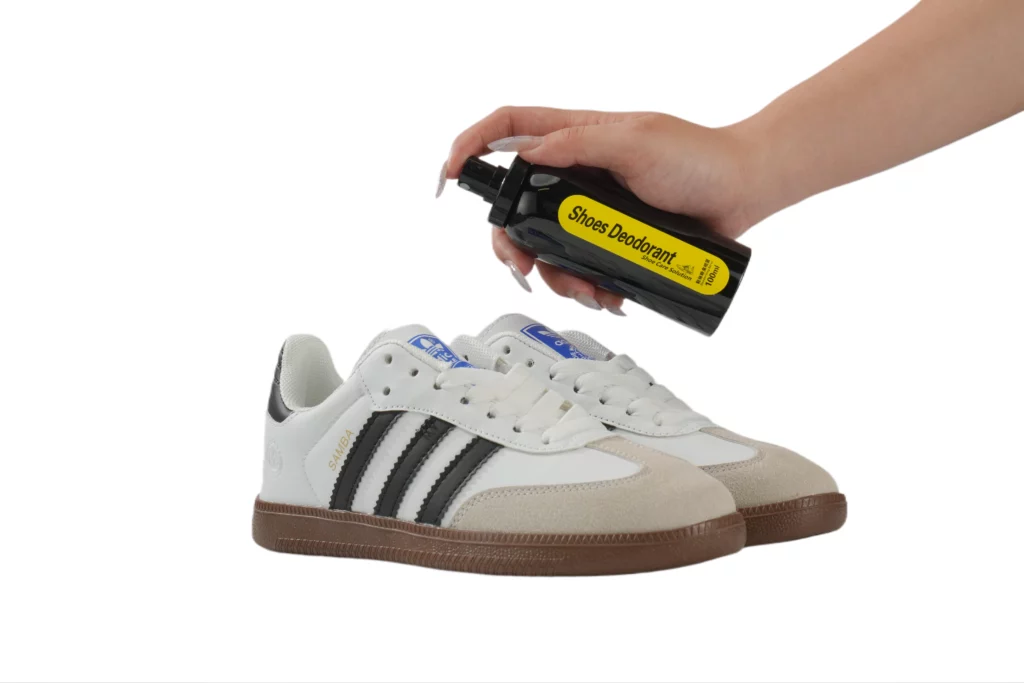You’re standing in front of a shelf loaded with shoe care products—tins of wax, jars of cream, bottles of liquid polish, shoes with sponge applicators, and sleek spray cans. You simply want your pair of leather shoes to look good, but you’re stuck choosing between wax vs cream shoe polish or liquid vs paste shoe polish.
Using inappropriate polish not only results in a poor shine, but it may also destroy your leather. And that is the last thing anyone needs when he has invested in quality footwear.
Biki Shoe Care is a major shoe polish manufacturer and has produced high-end products to suit luxury brands, labour-intensive wear, and heavy retail stores. It is well known that not every polish is made equally, and that is exactly what this guide will provide you with.
You will find out what the true difference is between shoe polish cream and wax, and the difference between liquid and past shoe polish, and how to select which one to use in different situations. You can be a shoe lover or a brand looking for a special shoe arrangement; we will take care of you.
A Quick Look at Each Polish Type
You are not alone if you have stood in front of a shelf of shoe care products without the slightest idea which ones to choose. To find the right polish, it will be helpful to learn about each type, knowing what each one does and when to use it to get optimal results.
Let’s start by understanding what each product actually does.
Wax Polish: The Traditional Protector & Shiner
What it does: It combines natural and synthetic waxes (such as carnauba and beeswax), and it is blended with solvents to form a stiff, sticky polish that coats the leather and leaves it safeguarded and shiny.
Main Purpose: To provide a smooth and sleek gloss surface and as well as provide a protective, water-resistant barrier against humidity, dirt, and slight damage on the surface of the shoe.
Best For: Formal shoes made of leather, toe caps, and heels in particular, where a glossy polish is desired. Perfect even in the case of an event when one needs a fancy touch or footwear that is subject to rain.
Pro Insight: Wax polish does not penetrate the leather deeply. It is most effective when applied after conditioning as a way to trap moisture and give shine. The frequent use creates a multilayered protective barrier, which increases the protection in the long term.
Cream Polish: The Color & Nourishment Expert
What it is: A rich, pigmented, smoothing, conditioning oil and a little wax emulsion. It penetrates the leather and adds moisture as well as color to any worn off during daily use, and will protect the color against environmental elements.
Main Purpose: To condition the leather, revive color and hide tiny scratches, and keep the material of the material and leather flexible and supple with long-term use.
Best For: Dry or faded-looking leather shoes. Ideal to be used during routine cleaning and polishing, and to restore color, particularly on softer leathers which require moisture.
Pro Insight: Cream polish is essential for leather health. It won’t produce a mirror shine like wax, but when layered beneath a wax polish, it creates a strong foundation of color and conditioning.
Liquid Polish & Sprays: The Champions of Convenience
What it is: Water or solvent-based polish with dyes or polymers in it, commonly available in bottles with a sponge applicator or spray cans, easy to apply and quick because of the absence of brushes or cloths.
Main Purpose: To make a convenient, fast way to add a no-mess shine to people on the move. Great to have new-looking shoes before a meeting or a date without wasting time with the old way of polishing.
Best For: Busy professional people who want instant results, travelers, and casual users. It can also be used in commuter shoes or when there is a light touch repair between full polishes.
Pro Insight: As convenient as they are, liquid polishes form a thin film which can clog pores up on leather. It is to be used sparingly and enhanced with cream polish to ensure that it does not dry or crack with the passage of time.
Wax vs Cream vs Liquid Polish – Side-by-Side Comparison
With so many polish types available, it’s easy to feel overwhelmed. This quick comparison table breaks down the key features of wax, cream, and liquid polish to help you choose the right product based on your shoe care priorities—shine, nourishment, ease of use, or protection.
| Feature | Wax Polish | Cream Polish | Liquid Polish |
| Shine Level | High gloss, mirror-like | Soft natural glow | Moderate instant shine |
| Nourishment | Low | High | Minimal to none |
| Color Coverage | Low | High | Medium |
| Water Resistance | Strong | Moderate | Weak to moderate |
| Application Effort | High (requires buffing) | Medium (needs cloth) | Low (no tools needed) |
| Best For | Dress shoes, for formal use | Leather upkeep, scuffs | Quick fixes, travel use |
There is no such polish that could be used in all cases. It would depend on what your priority is; some like shiny, nourishing, or fast. Understanding the shoe cream vs polish debate helps protect both the look and life of your leather.
When Should You Use Liquid Shoe Polish?
Let’s address the elephant in the room—liquid polish shoes. They are quick, cheap, and all over. However, are they the most appropriate ones?
The Pros:
- Ideal use in the morning when you are in a rush, or when on the road.
- Provides instant liquid shoe shine that does not require the use of tools.
- There are great options, such as black shoe liquid polish, which comes in handy to cover scuffs on the go.
The Cons:
- Forms an acrylic-like film that blocks the leather from breathing.
- Lacks conditioning properties.
- An excessive application results in the build-up of the product and, consequently, cracking of the leather.
Pro Tip – When in desperate times, you can use the liquid boot polish, but afterwards, pair it up with cream polish to ensure the leather is nourished and will endure.
For Brands & Retailers – Choosing the Right Polish for Your Customers
Here’s where things get strategic.
As a brand, who you trust to use the polish and what polish you provide or recommend is part of your customer values and product promise. This is where Biki Shoe Care comes in, not only as a wholesale shoe polish supplier but as your R&D partner for the custom formulation of shoe polish.
If You’re a Luxury Brand
You have to impart tradition, workmanship, and tender loving care. Polishes that are cream and wax are a perfect match. Think: satin finishes, subtle richness, leather preservation.
If You’re in Fast Fashion
Convenience matters. Offer a high-quality liquid polish for shoes that look fresh in seconds—ideal for shoppers who want effortless results.
If You Sell Work Boots
Durability and resistance are key. A boot polish liquid or nourishing cream with waterproofing agents will meet heavy-duty customer expectations.
The Biki Shoe Care Pitch
From private label shoe care to large-scale wholesale partnerships, we specialize in tailoring the ideal polish lineup for your brand goals. Whether it’s traditional wax or innovative liquid polish shoes, we formulate, manufacture, and deliver excellence.
Frequently Asked Questions
- Can I use black liquid shoe polish on my brown shoes?
No. Liquid polish contains specific dyes and pigments. Using black on brown leather can stain and ruin the original color. Always match polish color to the shoe or go with a neutral cream.
- Is “shoe shine” the same as “shoe polish”?
Not exactly. Shoe polish is the product. Shoe shine is the result you get from using polish, usually after proper buffing.
- How often should I polish my shoes?
It depends on use. For dress shoes: cream once a week, wax every 2–3 weeks. For casual wear: polish every 10–14 days. Liquid polish can be used as needed.
Yes, that’s the best method. Start with cream to nourish and color, then apply wax for a glossy, protective finish.
Conclusion – The Right Polish for the Right Job
Choosing the right shoe polish isn’t about finding the “best” overall—it’s about finding the best for your shoes and your lifestyle. Remember the essentials: wax for shine and protection, cream for nourishment and color, and liquid for speed and convenience. Each type serves a unique purpose and works best when used strategically.
For individual shoe owners, this means preserving the life and look of your leather with the right routine. For brands, it means aligning polish types with your customers’ needs—whether that’s daily care, quick fixes, or premium conditioning.
Explore Biki Shoe Care’s innovative solutions or contact us to develop your own custom shoe polish formulation that speaks to quality, performance, and brand identity.





